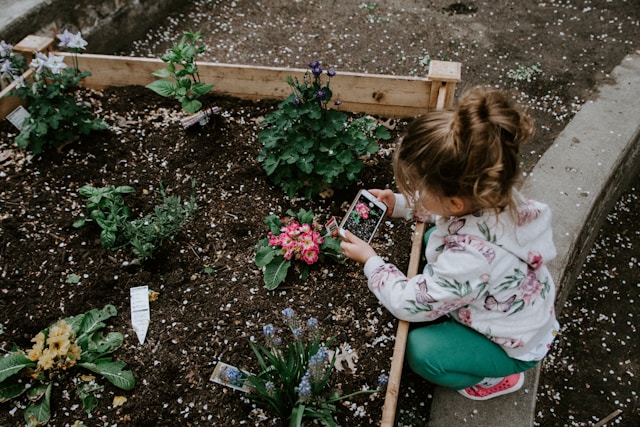There’s a myth that talking about anxiety only makes it worse, as if making someone think about being anxious will make them anxious. This is false, as it assumes that anxiety is only triggered when teens are actively thinking about what makes them anxious. Anxiety disorders don’t work like that. For many, anxiety is more than just moments of stress and nervousness – anxiety is an overarching condition that affects people even when they aren’t actively thinking about it.
In reality, talking about anxiety is the first step to helping your adolescent overcome it. Here are some tips for how to go about this without being “naggy” or exerting too much pressure.
Let them know that anxiety is normal
The first thing you can do to set you and your teen on a positive path is to define what anxiety is and what it is not. Anxiety is a physical or behavioral response to thoughts, usually concerning the unknown. Anxiety is normal and all humans experience it. Anxiety can become a problem when you let it affect your day-to-day life, social interactions, and relationships with others.
What anxiety is not is an illness or disease. If your teen knows that their anxiety, while heightened and possibly problematic, is not outside the boundaries of normal thought, they will be more likely to open up to you about it.
“Educate yourself about anxiety and its adaptive role in helping humans survive,” says ParentLine.com. “Explain the physical changes in the human body when danger is perceived (sweaty hands, blood to extremities, rapid heartbeat, shallow breathing etc.). By explaining these you are helping to normalize anxiety as well as assisting your child in identifying and understanding the way their own body reacts when anxious.”
Let them know that their anxiety is real
Whether you think there is any rational basis in your teen’s anxiety is pointless. It is real to them, no matter what you think. It’s incredibly important to make sure they know that you recognize their anxiety as real. If not, they will have a harder time opening up to you.
“Does hearing ‘Don’t worry. Relax!’ help you when you’re anxious about something? It probably doesn’t comfort your child much, either. It’s important to acknowledge that your child’s fears are real. Your empathy will increase the chances that your child will accept your guidance and be motivated to work on reducing anxiety,” notes AnxietyBC.com.
Encourage a dialog, but don’t nag them to ‘get over it’
This is where the delicate nature of parenting really comes into play. You need to encourage an open dialog with your child but you need to prevent yourself from overstepping and moving into the “pressuring” territory.
You should empathize with your child’s anxiety but you should not encourage it. For example, you should tell them you understand that they don’t want to go to school today for whatever reason, but you should not let them stay home from school.
Be specific about the anxiety
When discussing anxiety with your teen, it’s not enough to just accept that they are stressed out, nervous, or scared. You need to do what you can to make the anxiety as specific as possible and provide encouragement in the form of possible solutions.
Here’s an example: If your teen is worried about falling behind at school and expresses specific anxiety about not understanding coursework, then you can provide a specific solution like tutoring (don’t worry; you can usually negotiate on price) or talking to the teacher. If your child just says they are nervous about school, it’s hard to help.
The bottom line is that you must normalize, accept, but also eventually push back against your teen’s anxiety. In order to do any of this, however, you must build a comfortable situation where teens will be responsive to a dialog. Once you begin talking about the specifics of anxiety, you’ll be able to offer possible solutions.
Author
Noah writes for WellnessVoyager and enjoys offering his travel expertise to readers.
Photo Credit: Pixabay.com




